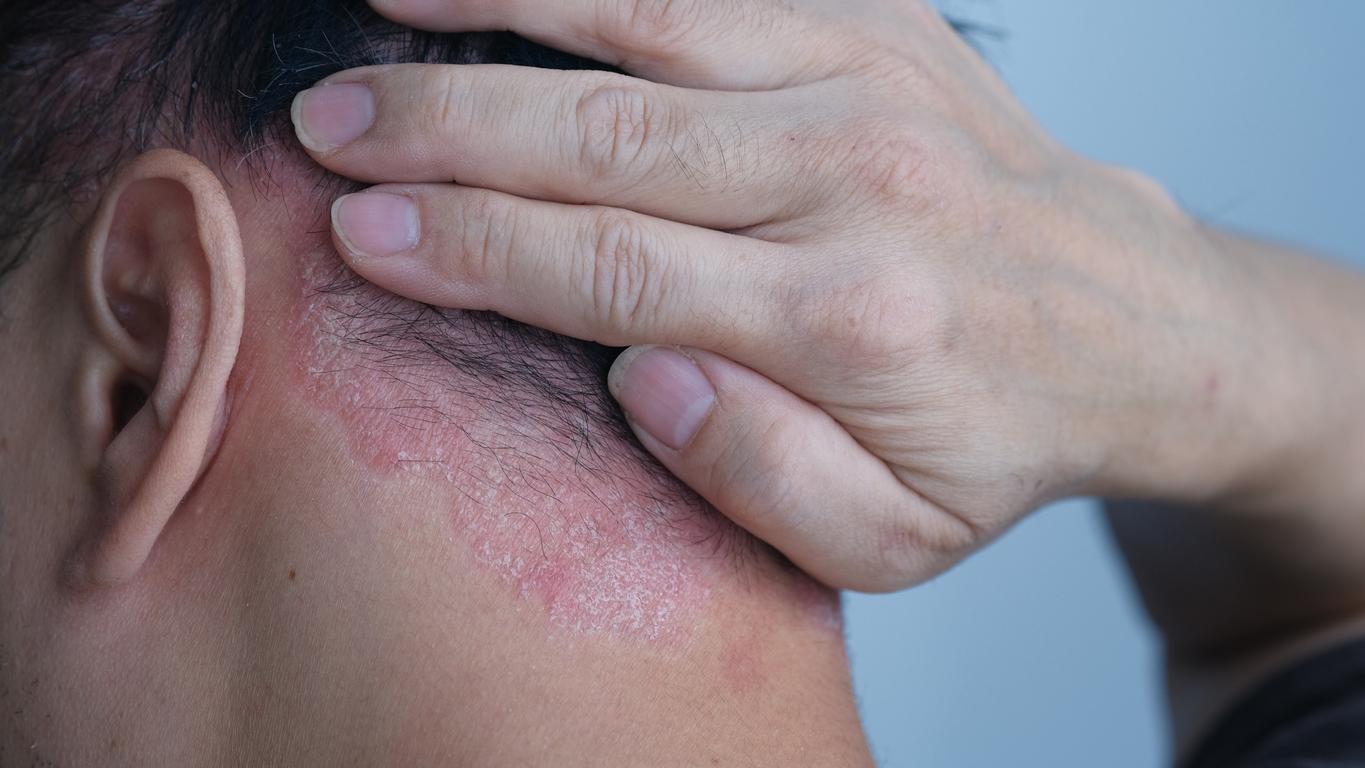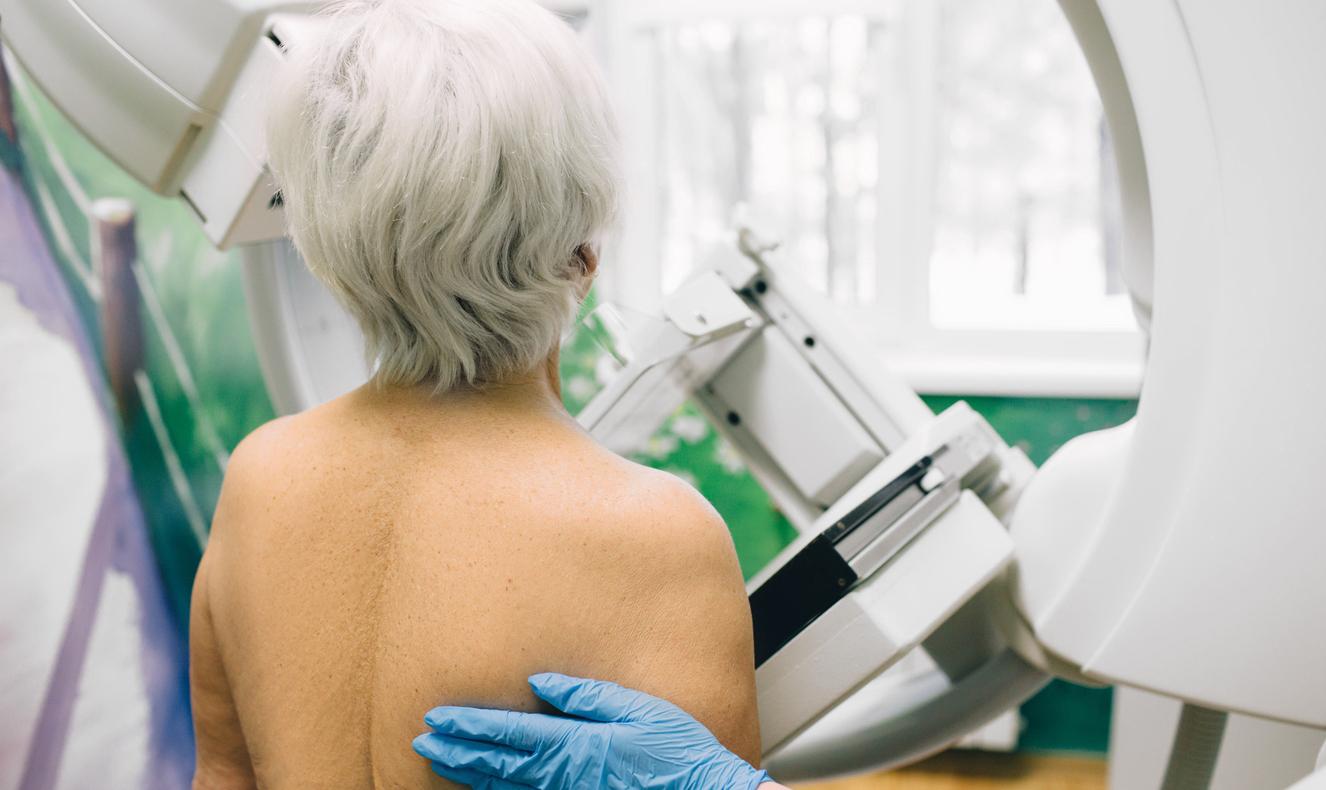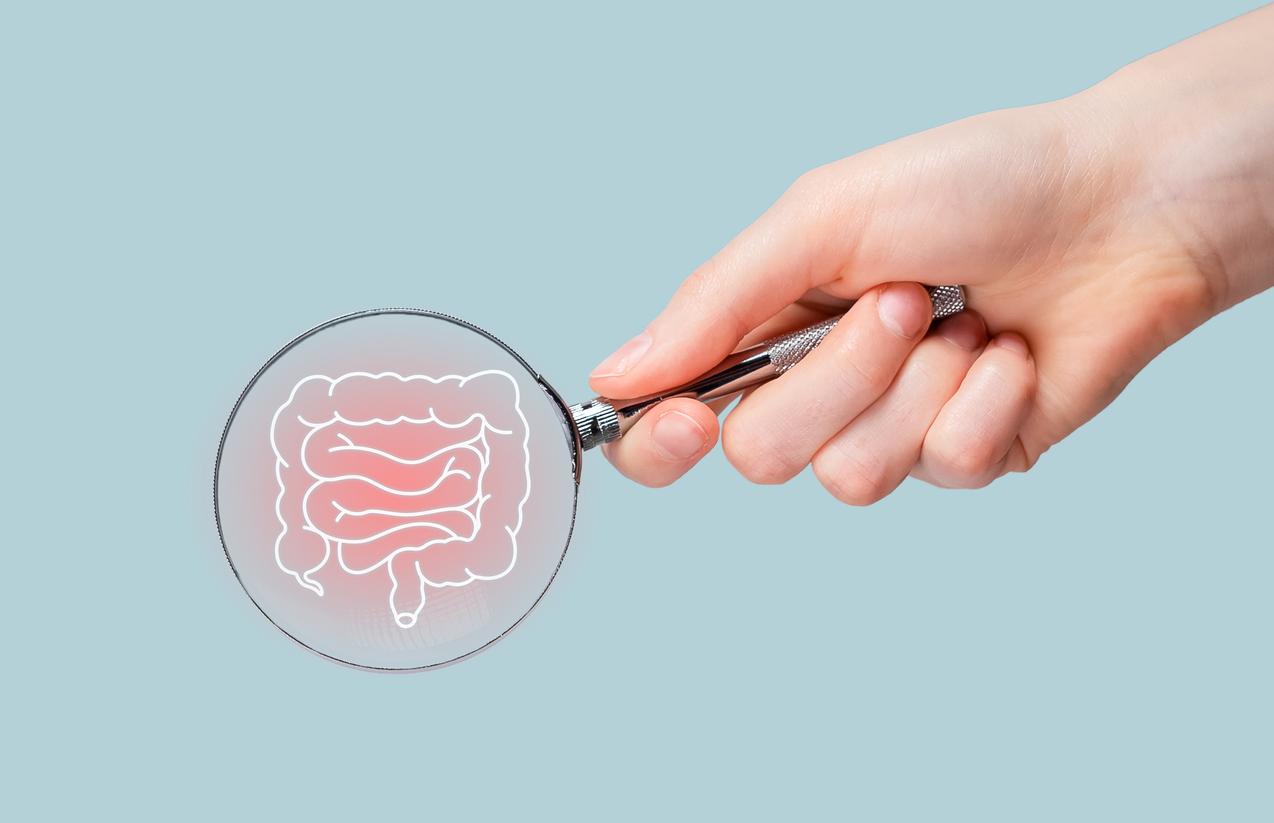German scientists have highlighted the involvement of neck muscles in tension headaches and migraines.

- Using data from 3D turbo spin-echo MRI, researchers assessed neck muscle involvement in tension headaches and migraines.
- Participants with tension-type headaches and migraine episodes had the most inflammation in their neck muscles.
- These results could help develop safer and more effective treatment options, directly targeting the site of pain in the neck muscles.
Do you often have a headache? This could be caused by neck pain, according to researchers at the University Hospitals Ulm and Rechts der Isar in Munich (Germany). To reach this conclusion, they carried out a studythe results of which were presented at the annual congress of the Radiological Society of North America in Chicago.
Tension headaches, migraines: 50 participants performed a “3D turbo spin echo MRI”
As part of their work, the team wanted to study the involvement of the trapezius muscles in primary headaches, namely tension headaches and migraines. For the purposes of the research, the authors recruited 50 people, mainly women, aged 20 to 31. Among the participants, 16 suffered from tension-type headaches and 12 from tension-type headaches accompanied by migraine episodes. The rest of the volunteers were in good health.
All adults had “Turbo Spin Echo 3D MRI”. The bilateral trapezius muscles were manually segmented and then extracted. Associations between muscle values and the presence of neck pain, number of headache days and number of myofascial pain were analyzed. The researchers also took into account the patients’ age, gender and body mass index.
Neck inflammation in patients with tension headaches and migraines
According to the results, the group suffering from tension-type headaches and migraine had the highest muscle values. The increased muscle values could be interpreted as a surrogate for inflammation originating from the nervous system and increased sensitivity of nerve fibers in myofascial tissues. “Quantified inflammatory changes in neck muscles significantly correlate with the number of days lived with headaches and the presence of subjectively perceived neck pain,” explained Dr. Nico Sollmann, author of the study, in a statement.
According to the team, neck muscle mapping could be used to identify patients with primary headaches and to track the potential effects of treatment. “Our results confirm the role of neck muscles in the pathophysiology of primary headaches. Therefore, treatments that target the neck muscles could lead to simultaneous relief of neck pain and headache.“Dr Nico Sollmann indicated that non-invasive treatment options that directly target the site of pain in the neck muscles could be very effective and safer than systemic medications.















